Are you interested in learning about different cultures and their histories? Here are the ethnology museums to visit in Austria:
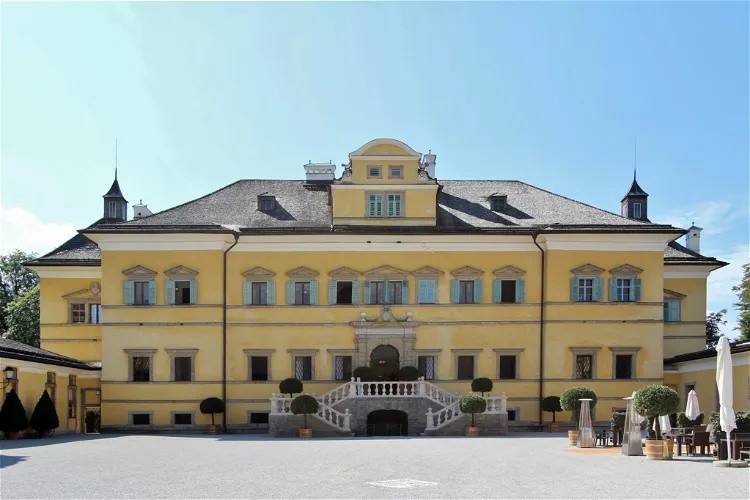
Hellbrunn Palace
SalzburgHellbrunn Palace, an early Baroque villa of palatial size, is situated near Morzg, a southern district of the city of Salzburg, Austria. This architectural marvel was built between 1613 and 1619 by Markus Sittikus von Hohenems, the Prince-Archbishop of Salzburg. The palace was named after the 'clear spring' that supplied it.
vorarlberg museum
BregenzThe vorarlberg museum, located in Bregenz, serves as the state art and cultural museum of the Austrian federal state of Vorarlberg. Established in 1857, the museum has been a hub for the collection and preservation of the state's art and cultural material for over a century.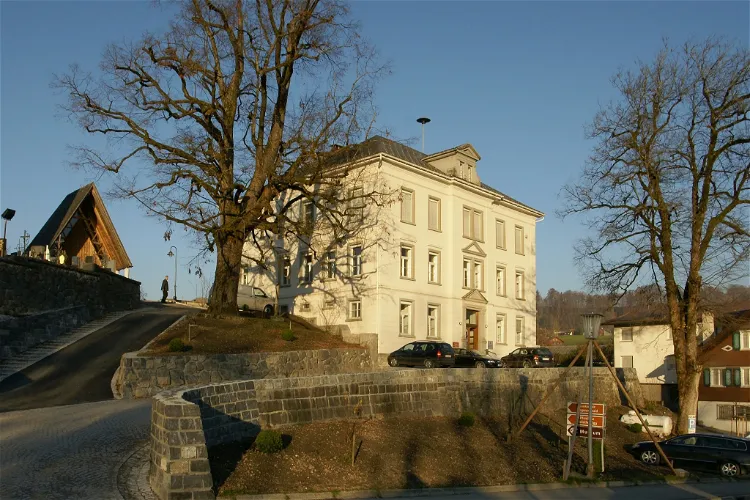
Egg Museum
EggThe Egg Museum, located in Egg in the Bregenzerwald in Vorarlberg, Austria, is a local museum that offers a unique insight into the region's history and culture. It is a place where visitors can learn about the local traditions, customs, and way of life.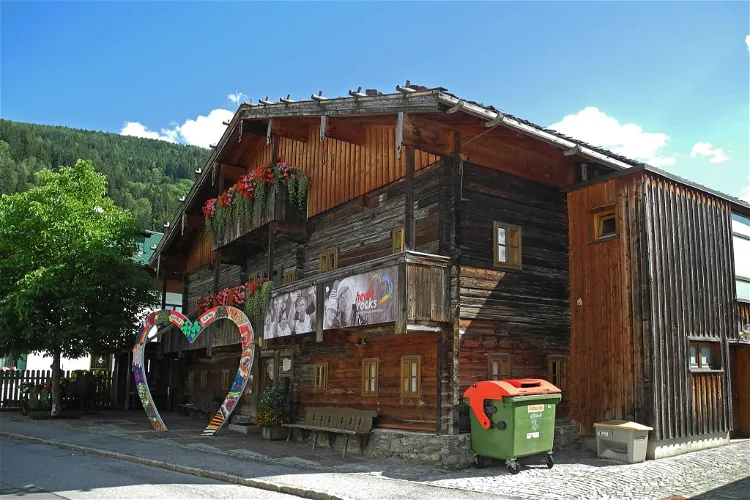
City Museum Schladming
SchladmingIf you want to learn more about the region, head here. The exhibitions will take you through the history of the town and mining.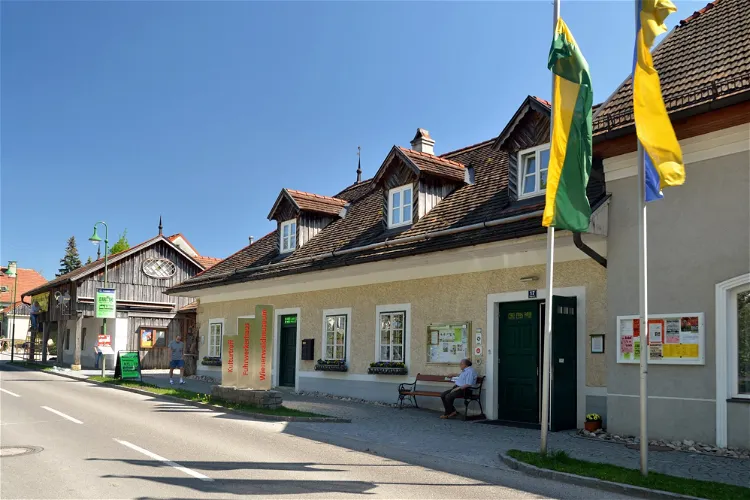
Wienerwaldmuseum Eichgraben
HuttenThe Wienerwaldmuseum Eichgraben is a local museum located in Eichgraben, Lower Austria. It offers a unique opportunity to explore the local history and culture of the region.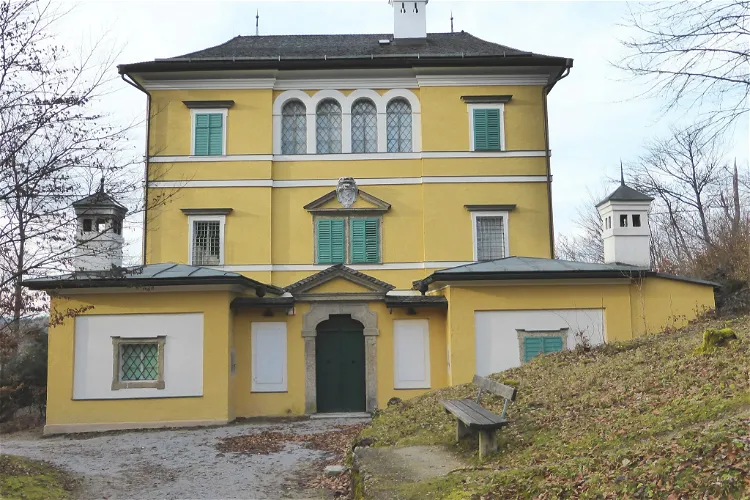
Folklore Museum
SalzburgThe Folklore Museum in Salzburg, Austria, is located in the Hellbrunner Monatsschlössl, a structure that dates back to 1615. It was originally built for Archbishop Markus Sittikus as a viewing castle, offering panoramic views of the artistic princely garden of Hellbrun Castle. This historic location has been the home of the museum since 1924, providing a unique setting for the exploration of Salzburg's folk culture.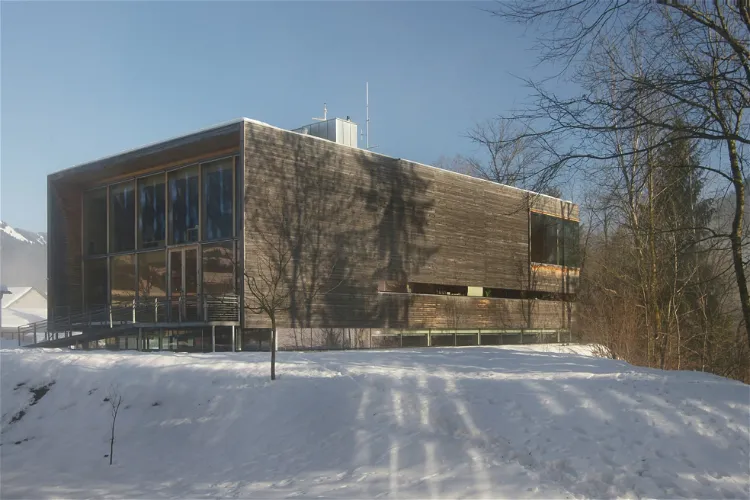
Hittisau Women's Museum
HittisauThe Hittisau Women's Museum is situated in the town of Hittisau, nestled in the Bregenzerwald region of Vorarlberg, Austria. This location offers a unique blend of cultural and natural attractions, making it an interesting destination for tourists.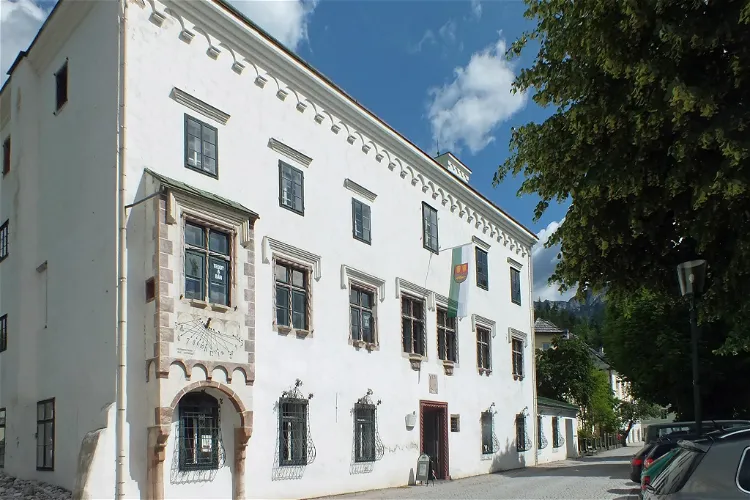
Kammerhofmuseum
Bad AusseeThe Ausseer Kammerhofmuseum is a local history museum situated in the Kammerhof in Bad Aussee, Salzkammergut, Austria. The museum is housed in a building that was first mentioned in historical documents in 1395. Over the centuries, the building has undergone several renovations, but much of the original structure has been preserved.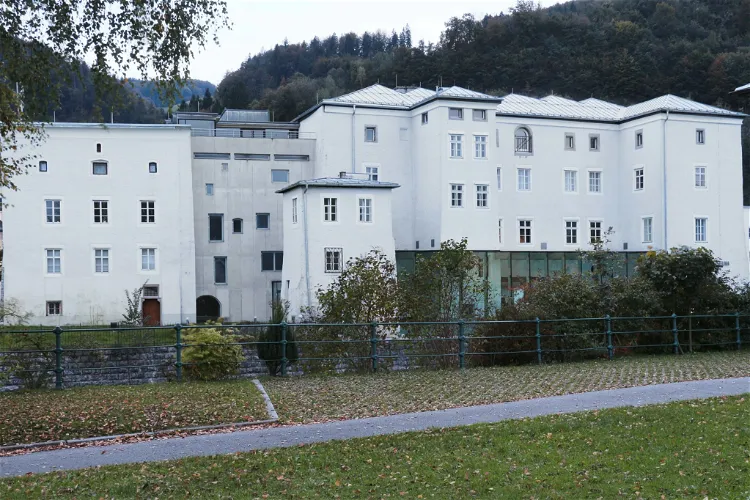
Keltenmuseum
HalleinThe Keltenmuseum Hallein is situated directly on the Salzach at Pflegerplatz No. 5 in the town of Hallein, in the state of Salzburg. This location is easily accessible and offers a picturesque setting for visitors to the museum.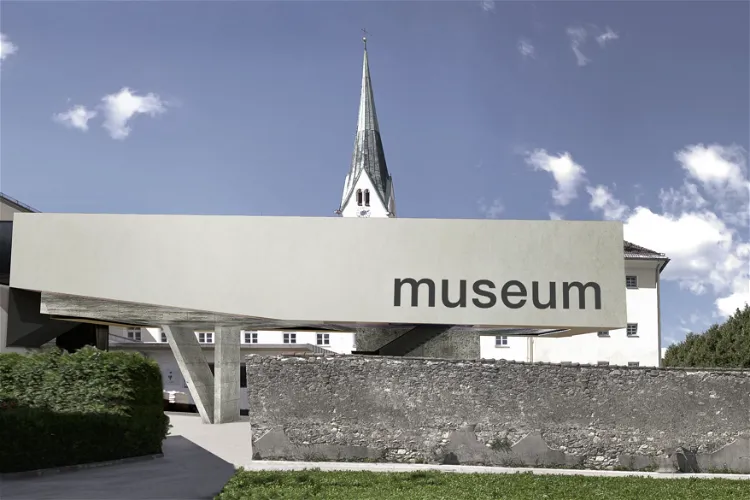
Museum der Völker
SchwazThe Museum der Völker, located in Schwaz, Tyrol, was established in 1995 by Gert Chesi. It is recognized as one of the European museums that house ethnographic collections, providing a rich insight into various cultures and civilizations.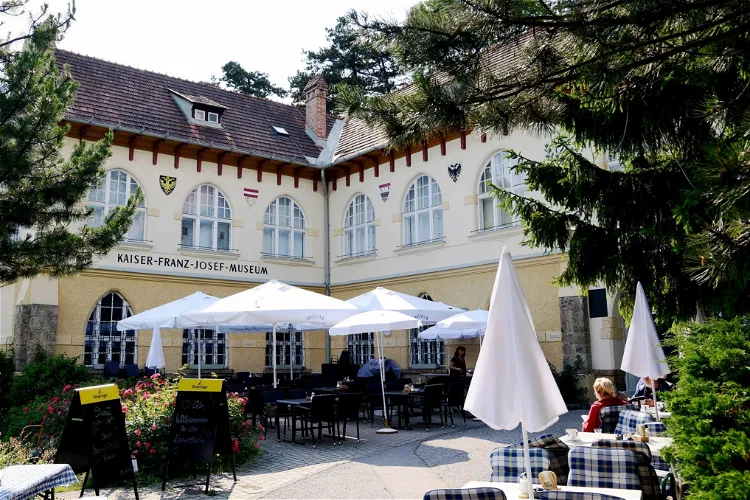
Kaiser Franz Josef Museum
BadenThe Kaiser-Franz-Josef-Museum is situated on the outskirts of the Vienna Woods, in the charming town of Baden near Vienna, Lower Austria. This location offers visitors a unique blend of cultural exploration and natural beauty, making it an ideal destination for those interested in both history and nature.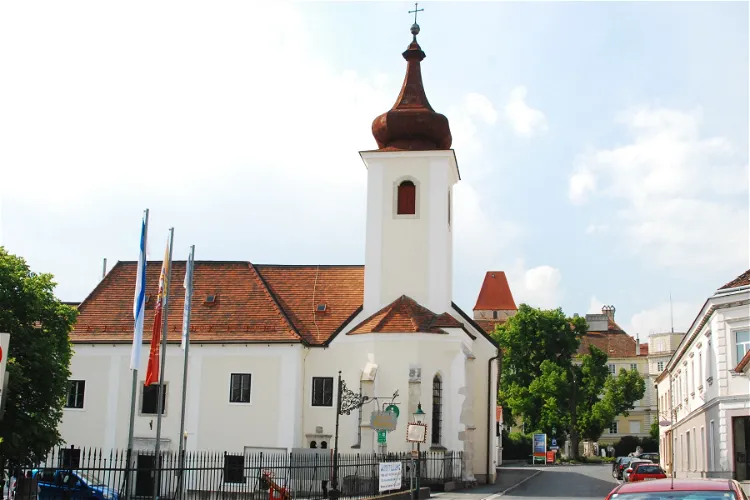
Höbarth Museum
HornThe Höbarth Museum, located in the city of Horn, is named after the local researcher Josef Höbarth. This museum is a significant part of the city's cultural and historical landscape, offering visitors a glimpse into the rich history and heritage of the region.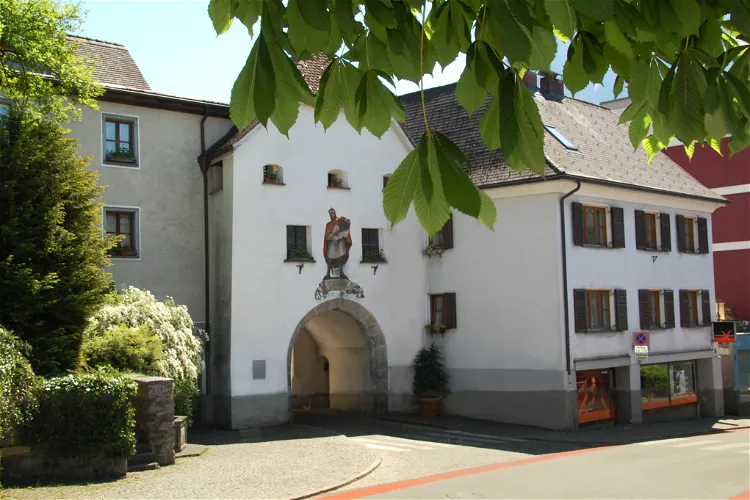
Stadtmuseum Bludenz
BludenzThe Stadtmuseum Bludenz is situated in a significant historical location, the Upper Gate, also known as the Feldkircher Tor. This gate is positioned at the western exit of two important streets, Kirchgasse and Herrengasse. This location not only adds to the historical charm of the museum but also makes it easily accessible for tourists.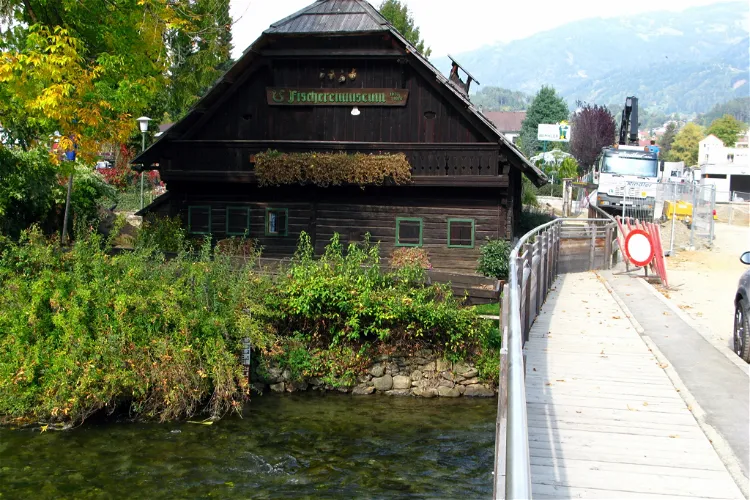
Kärntner Freilichtmuseum Maria Saal
KadingThe 1st Carinthian Fishing Museum, established in 1980, is located in the Austrian state of Carinthia. It is situated in the western bay of Lake Millstatt in the district of Wirlsdorf in Seeboden. This museum offers a unique insight into the history and culture of fishing in the region.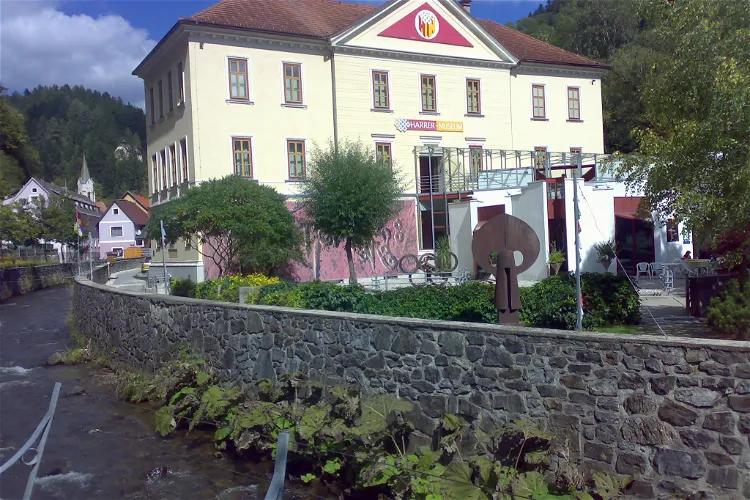
Heinrich Harrer Museum
KnappenbergThe Heinrich-Harrer-Museum, located in Hüttenberg in Carinthia, is dedicated to the research travels of Heinrich Harrer. This museum provides an in-depth look into the life and explorations of this renowned Austrian mountaineer, sportsman, geographer, and author.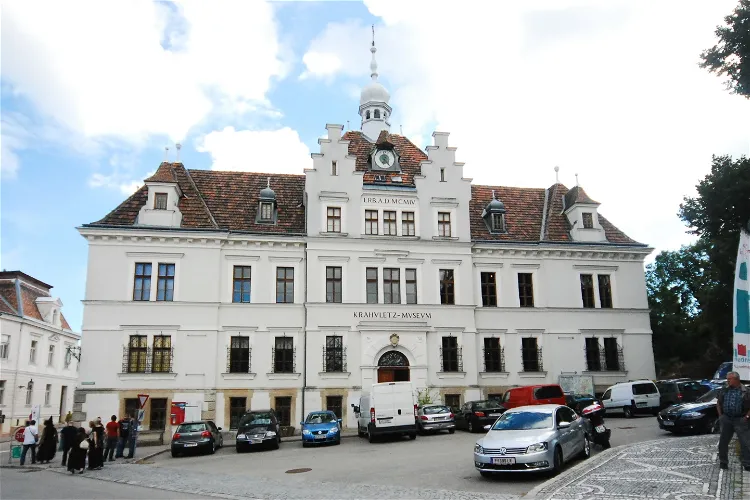
Krahuletz Museum
EggenburgThe Krahuletz Museum, situated in the city of Eggenburg in Lower Austria, is home to a variety of collections. These collections encompass regional earth history, archaeology, folklore, regional and city history, and a clock collection. This diverse range of exhibits provides a comprehensive insight into the region's past and its cultural heritage.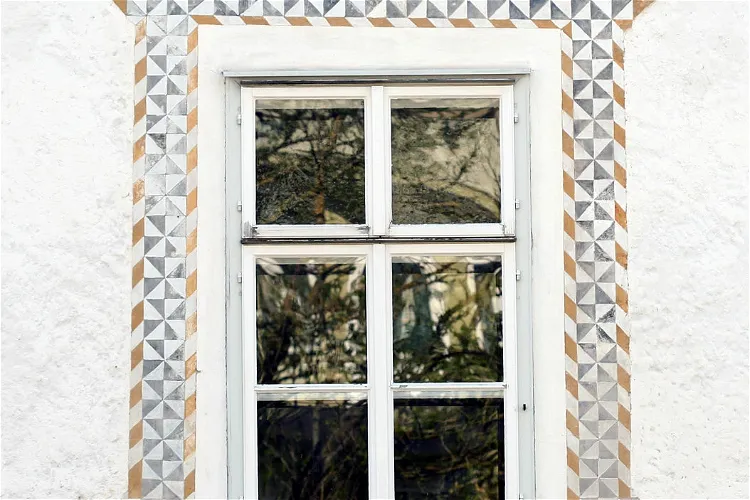
Schützenscheibenmuseum
ScheibbsThe Schützenscheibenmuseum Scheibbs, established in 1991, is the largest museum of its kind, housing around 250 historical exhibits. These exhibits primarily consist of painted discs from the Scheibbs shooting guild, dating from 1670 to the present day. The museum provides an overview of the history of Central European shooting, particularly as a supplement to hunting or (para-)military shooting.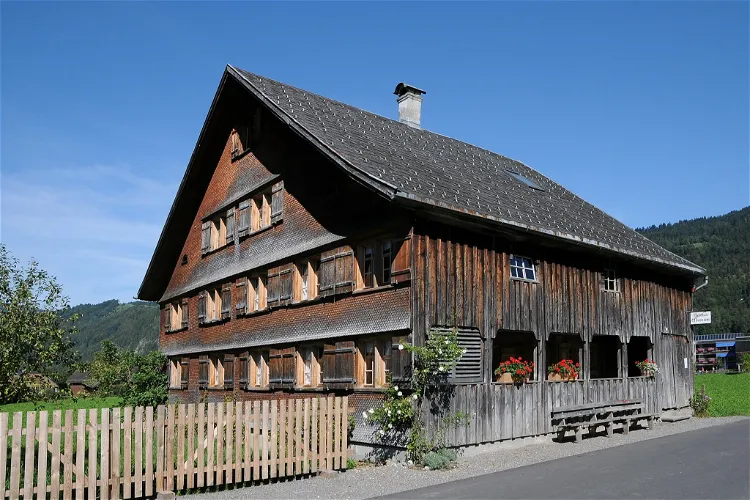
Bezau Local History Museum
BezauThe Bezau Local History Museum is a unique destination that offers a glimpse into the past. It is housed in a former 18th century Bregenzerwald farmhouse, located in the district of Ellenbogen 181 in Bezau, Vorarlberg district, Bregenz. This historical building is a testament to the architectural style and way of life during that period.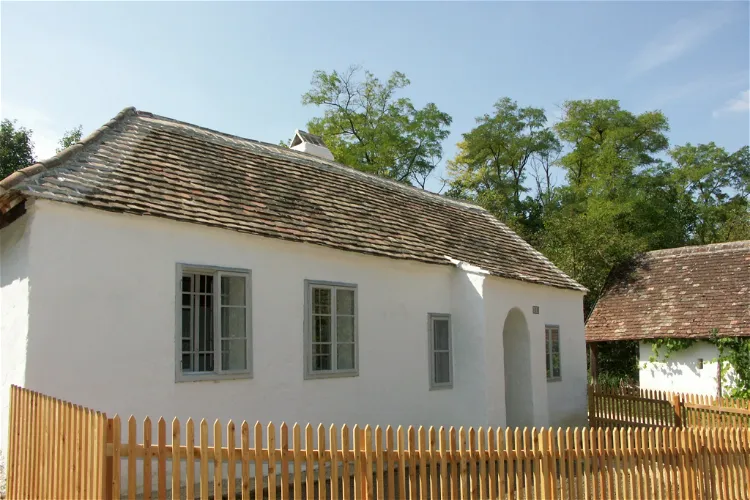
Anabaptist Museum
Sulz im WeinviertelThe Anabaptist Museum in Niedersulz, opened in 2008, is a unique institution in Austria. It is the first museum in the country to feature a permanent exhibition dedicated to the history of the Hutterites and Anabaptists, with a particular focus on the regions of Weinviertel and South Moravia. This makes it a significant destination for those interested in religious history and the cultural heritage of these regions.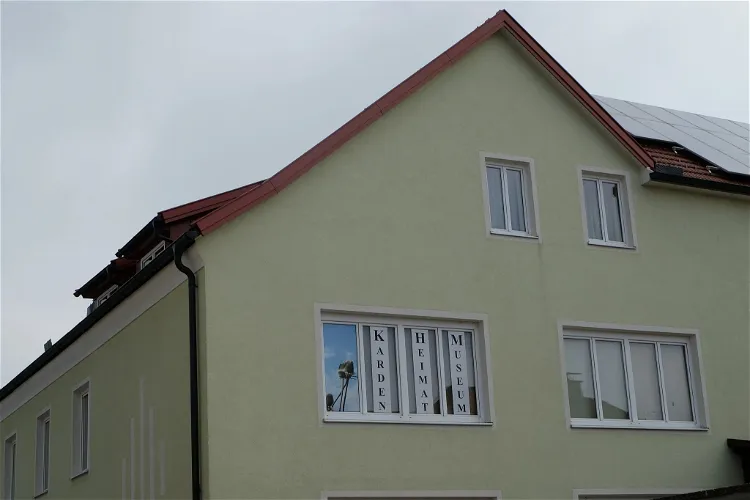
Karden- und Heimatmuseum Katsdorf
BodendorfThe Karden- und Heimatmuseum Katsdorf is situated in the old schoolhouse at the church square in Katsdorf, a district in Upper Austria. This location is steeped in history and provides a unique setting for the museum.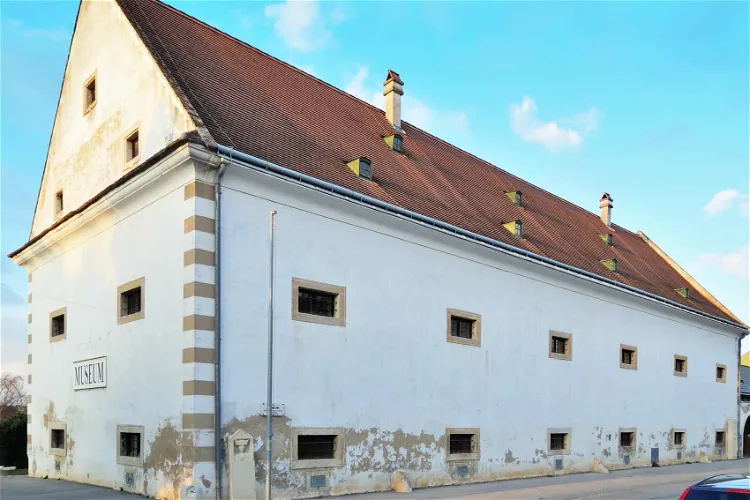
Museum Mannersdorf
Mannersdorf am LeithagebirgeThe Schüttkasten Mannersdorf am Leithagebirge, located in the town of Mannersdorf am Leithagebirge, is a significant historical site. Originally a grain storage facility for the Mannersdorf am Leithagebirge Castle, it now serves as a museum. The building, situated in Jägerzeile No. 9 in the district of Bruck an der Leitha in Lower Austria, is a protected monument, reflecting its historical and architectural importance.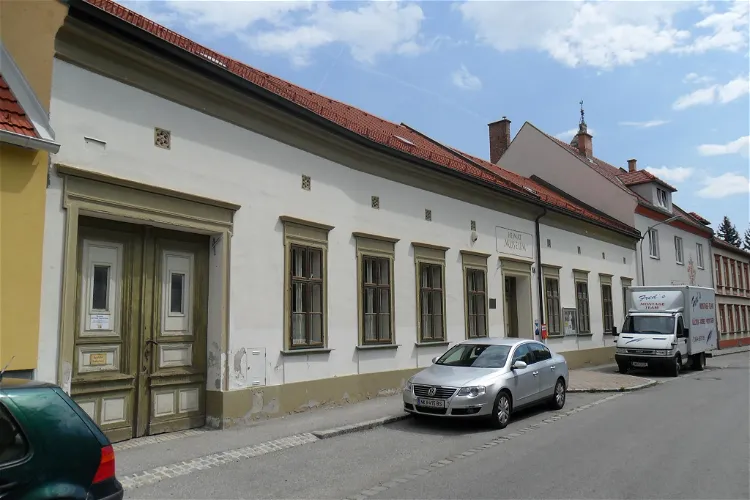
Städtisches Museum Neunkirchen
NeunkirchenThe Städtisches Museum Neunkirchen is a city and district museum situated in the city of Neunkirchen, Lower Austria. It is located at Stockhammergasse 13. The building in which the museum is housed is a protected monument, adding to the historical significance of the site.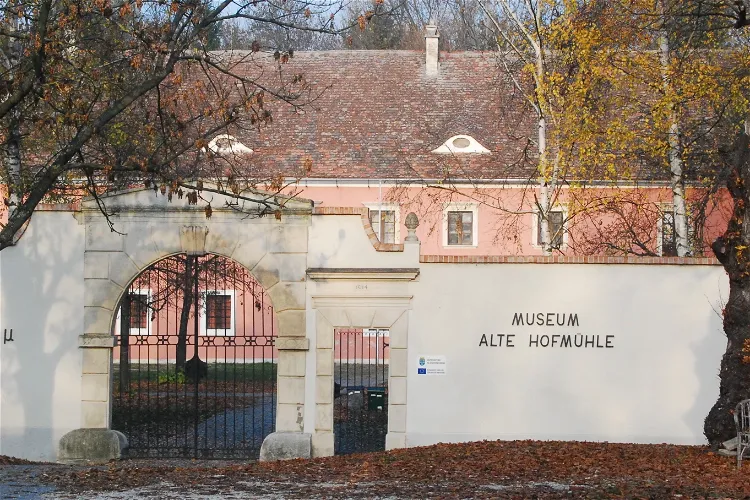
Museum Alte Hofmühle
HollabrunnThe Alte Hofmühle city museum in Hollabrunn is a unique destination for tourists interested in history and architecture. The museum is located in a protected former manor house that dates back to the 16th century. This historic building was used as a mill until the 20th century, providing a glimpse into the region's past.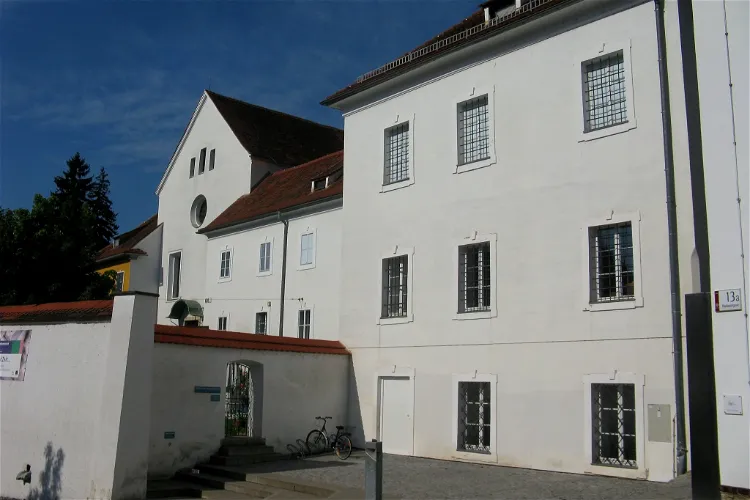
Folk Life Museum
GrazThe Folk Life Museum in Graz is situated in the former Capuchin monastery at Paulustor. The museum uses contemporary societal issues and cultural phenomena as the basis for its exhibitions, educational programs, and events. This approach makes the museum a dynamic and relevant place for visitors who are interested in understanding the current cultural and societal context of the region.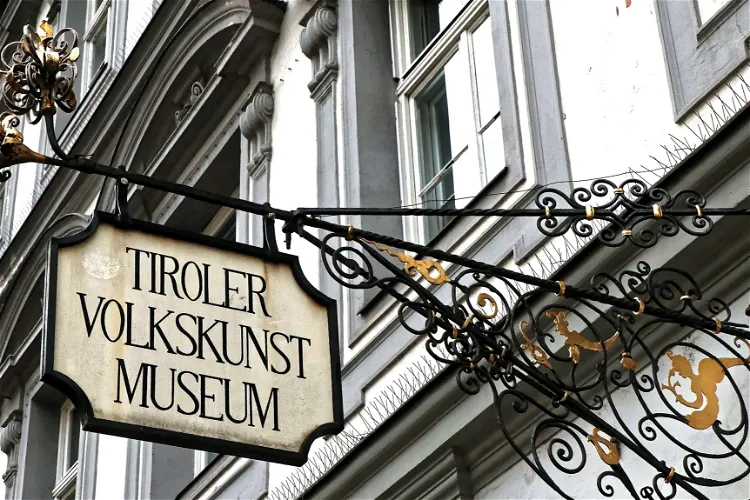
Tyrolean Folklore Museum
InnsbruckThe Tyrolean Folk Art Museum is situated in the former Franciscan monastery, which is adjacent to the Innsbruck Court Church. This location places the museum in close proximity to the old town, making it easily accessible for tourists exploring the city.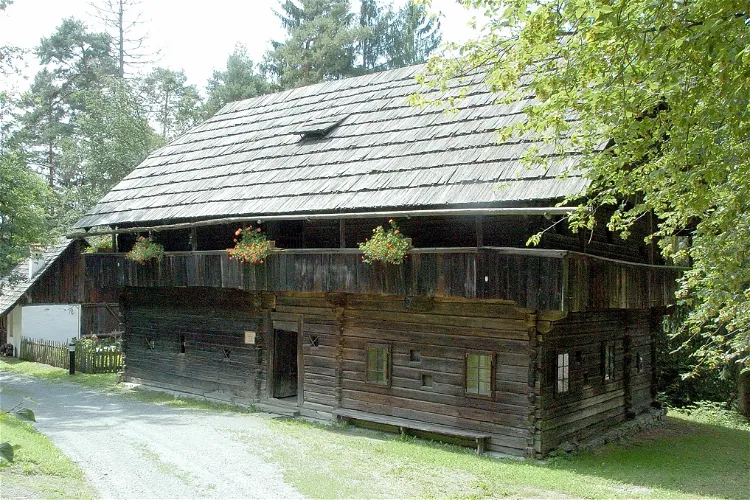
Carinthian Open-Air Museum
RatzendorfThe Carinthian Open-Air Museum Maria Saal is a unique destination located on the eastern edge of the Zollfeld in Carinthia. It is one of the first open-air museums in Austria, offering visitors a chance to step back in time and experience the country's rich history and culture.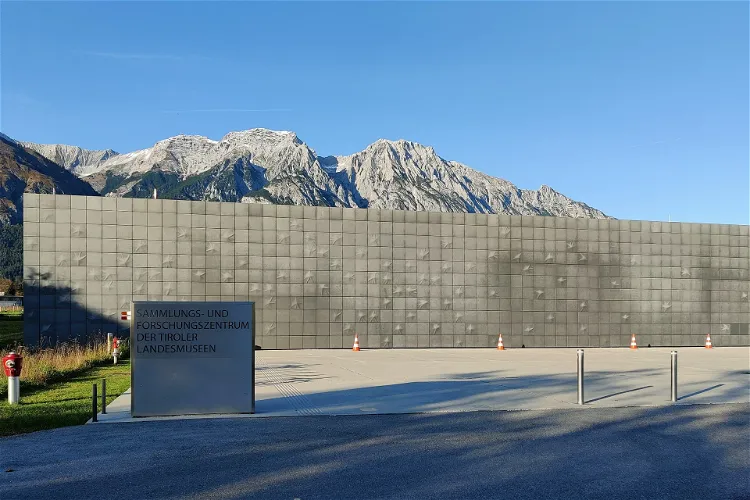
Tyrolean State Museum
Hall in TirolThe Tyrolean State Museum, also known as Il Ferdinandeum, is a significant cultural institution located in the city of Innsbruck. The museum was named after Duke Ferdinand II of Austria, reflecting the rich historical ties of the region. It offers visitors a chance to delve into the history and culture of Tyrol, making it a worthwhile destination for those interested in understanding the region's past.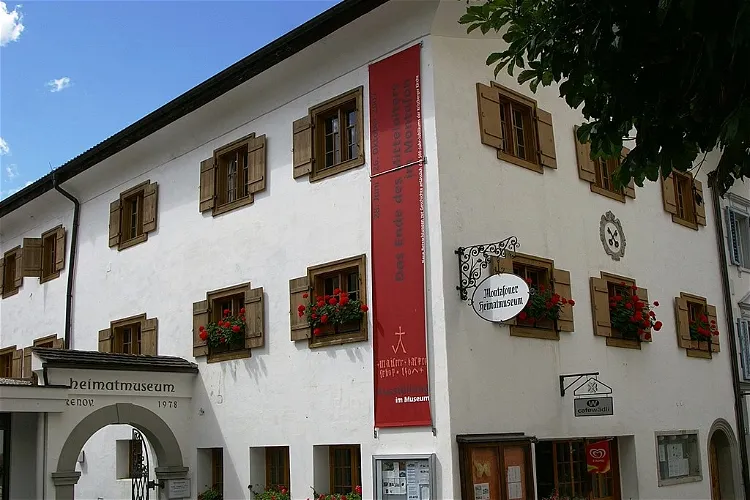
Montafoner Heimatmuseum
SchrunsThe Montafoner Heimatmuseum Schruns is situated in the market town of Schruns, nestled in the Montafon valley within the Bludenz district of Vorarlberg, Austria. This location offers visitors a chance to explore the rich history and culture of the region while enjoying the picturesque surroundings of the Austrian Alps.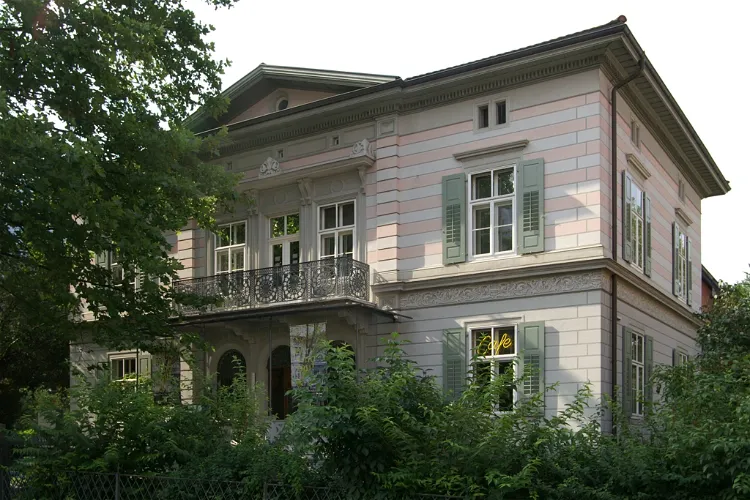
Jewish Museum of Hohenems
HohenemsThe Jewish Museum Hohenems, located in the Austrian state of Vorarlberg, is a regional museum that focuses on the Jewish presence in Hohenems and surrounding regions. It also covers topics such as the Diaspora, Israel, and the future of the European immigration society. This museum provides a comprehensive understanding of Jewish history and culture in the region, making it a valuable destination for those interested in these topics.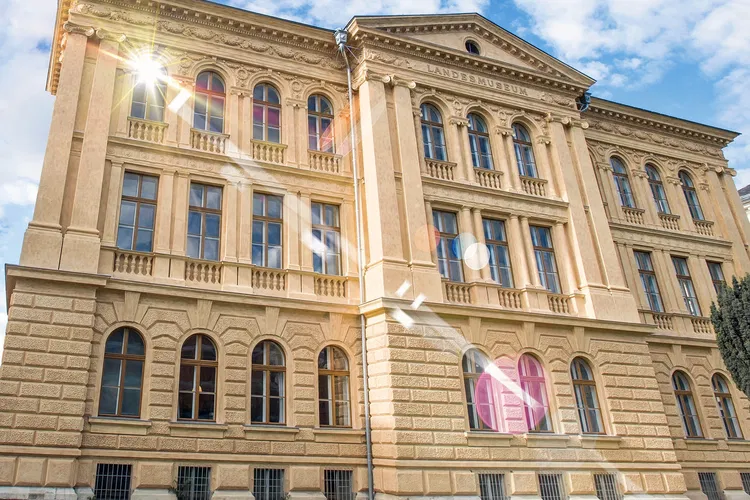
kärnten.museum Klagenfurt
KlagenfurtThe kärnten.museum, previously known as the Carinthian State Museum, is a cultural and natural science museum situated in Klagenfurt am Wörthersee, Carinthia, Austria. The museum is a significant cultural and scientific institution that offers a wide range of exhibits and collections, providing a comprehensive insight into the history, culture, and natural sciences of the region.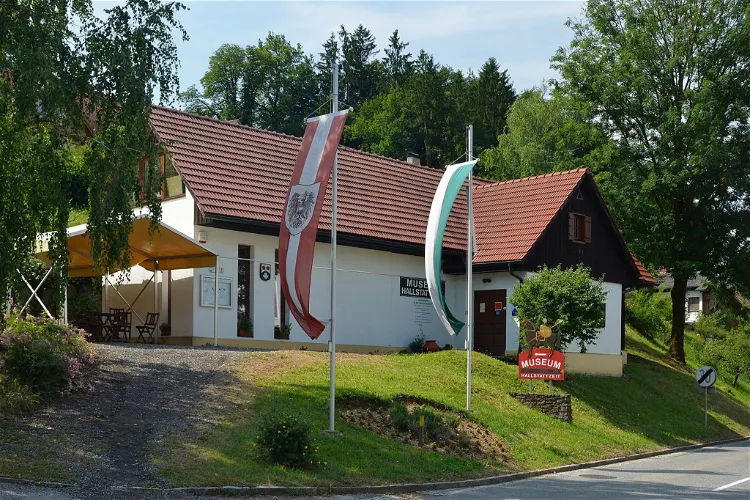
Hallstattzeitliches Museum Großklein
GroßkleinThe Hallstattzeitliche Museum Großklein, also known as Hamug, is a museum situated in the Styrian municipality of Großklein in the Leibnitz district. This museum is dedicated to the presentation of Hallstatt period findings from archaeological excavations in the settlement at Burgstallkogel and the associated burial mounds.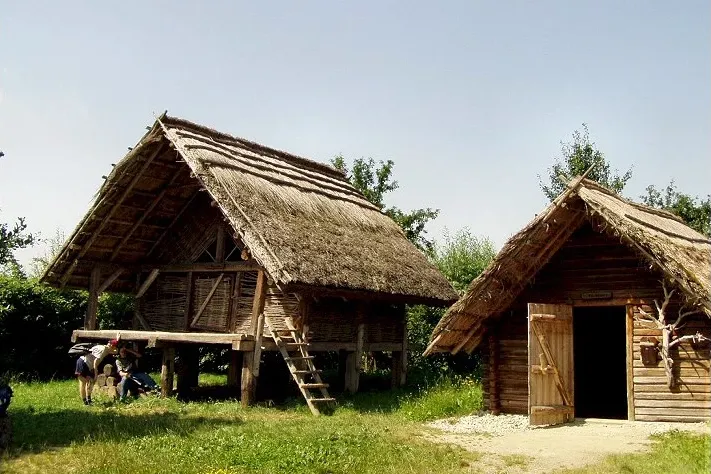
Freilichtmuseum Keltendorf Mitterkirchen
Mitterkirchen im MachlandThe Freilichtmuseum Keltendorf Mitterkirchen is a unique open-air museum that offers a glimpse into the life of the Celts during the Hallstatt period, which spanned from 800 to 450 BC. The museum is a reconstructed Celtic village, providing an immersive experience for visitors to understand the lifestyle, culture, and traditions of the Celts during this historical period.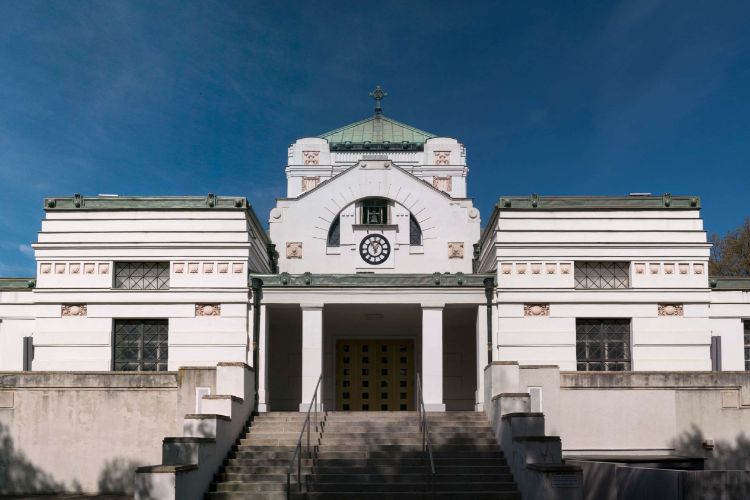
Funeral Museum
ViennaThe Funeral Museum Vienna (Bestattungsmuseum Wien) is located on the Vienna Central Cemetery where it presents an overview of funeral customs, burial rites, funerary art and the Viennese perspective on death. The museum's collection contains around 1,000 funeral objects, including coffins, carts and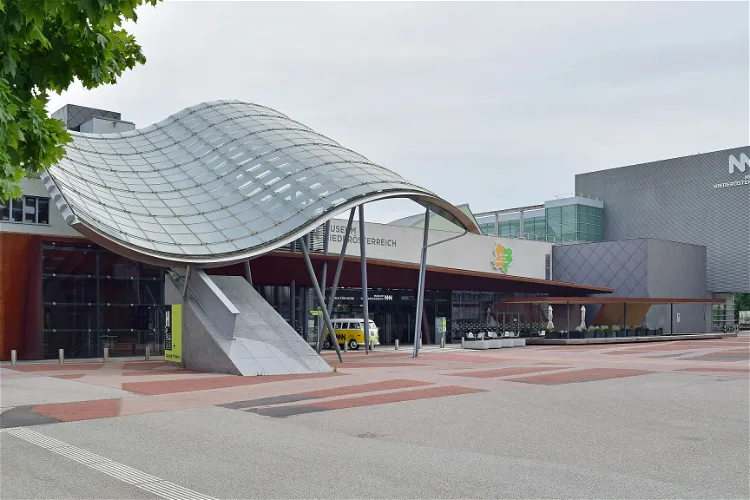
Lower Austria Museum
St. PöltenThe Lower Austria Museum, previously known as the Lower Austria State Museum, is the national museum for the state of Lower Austria. It provides a comprehensive overview of the fields of history, art, and nature. This museum is a great place for tourists who are interested in these areas to gain a deeper understanding of Lower Austria's rich cultural and natural heritage.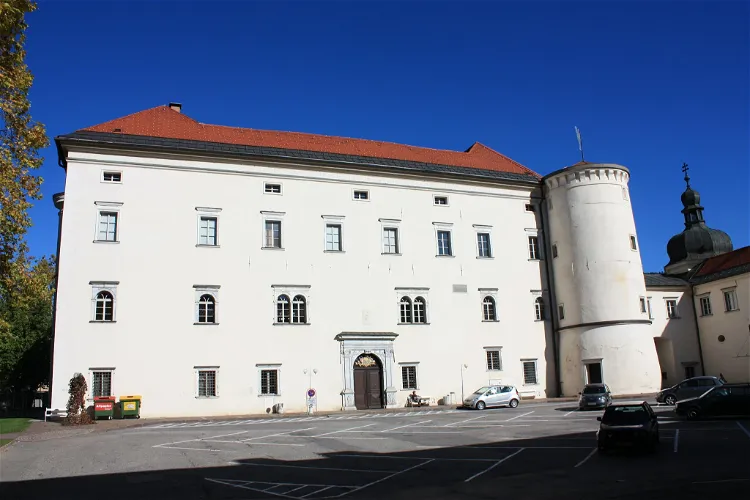
Folk Culture Museum
Spittal an der DrauThe Museum of Folk Culture in Spittal an der Drau, located in Carinthia, is a significant institution dedicated to the preservation and display of folklore in Upper Carinthia. Established in 1958, it is the fourth largest folklore museum in Austria. The museum boasts a collection of around 20,000 exhibits, all of which have been donated by the local population.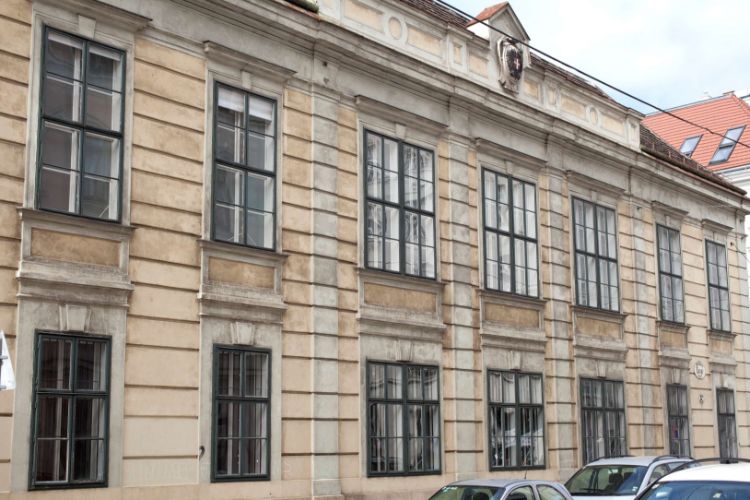
Austrian Museum of Folk Life and Folk Art
ViennaThe Austrian Museum of Folk Life and Folk Art (Österreichisches Museum für Volkskunde) is Austria's largest folk science museum, located in Vienna. The collections cover all areas of Austria-Hungary, but also includes items from numerous other European countries (such as the Eugenie Goldstern collec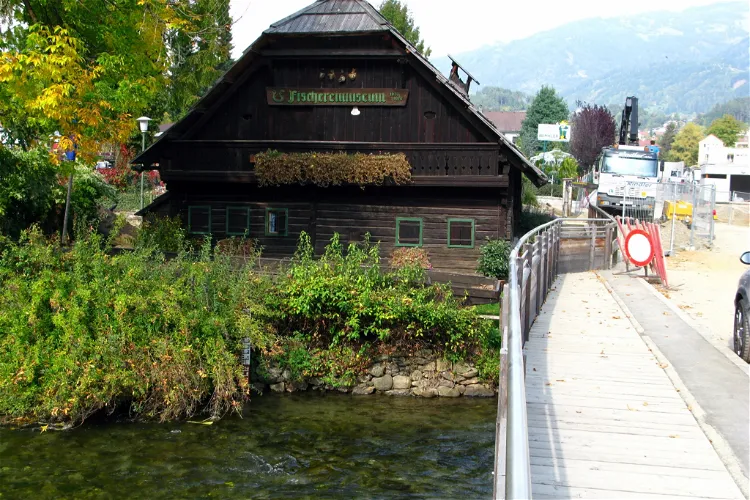
1. Kärntner Fischereimuseum
Seeboden am Millstätter SeeThe 1. Kärntner Fischereimuseum, located in Seeboden, Austria, has been a significant part of the region's cultural heritage since its establishment in 1980. The museum offers a unique insight into the history and practices of fishing in the area, making it an interesting destination for tourists interested in local history and culture.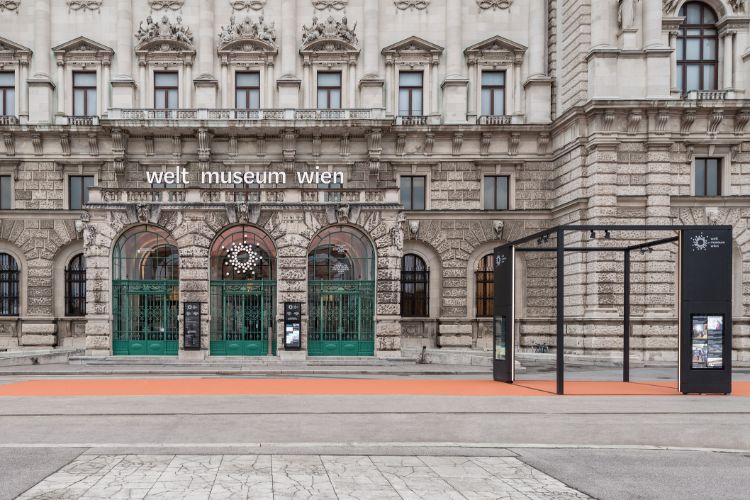
Weltmuseum Wien
ViennaThe Weltmuseum Wien is one of the world’s leading ethnographical museums, situated in the Hofburg Palace on Vienna’s Ringstrasse. In 14 distinct exhibition galleries, the focus is on unique cultural treasures from all over the world. The aim is to communicate to visitors the cultural diversity, stor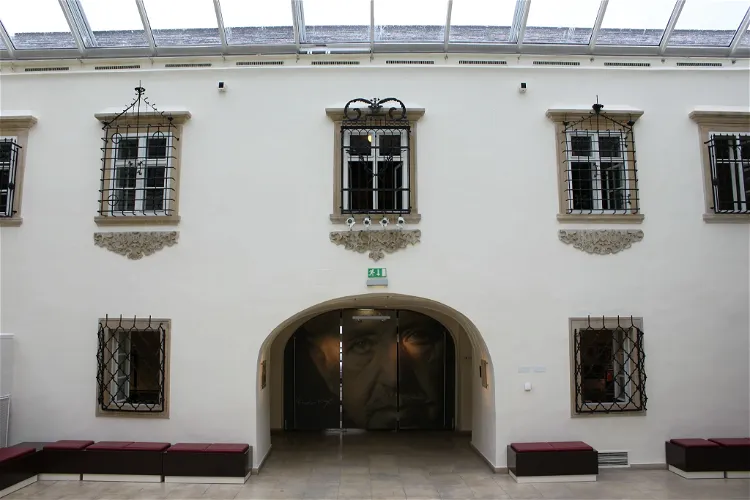
Landesmuseum Burgenland
EisenstadtThe Landesmuseum Burgenland in Eisenstadt is a museum that showcases the formation of Burgenland in the Pannonian region. This museum provides a comprehensive understanding of the region's history and its evolution over time. It is an ideal place for those interested in learning about the history and culture of Burgenland.
Märchenhain Malerwinkel
GmündSurrounded by granite rocks, the Braunaubach river flows northeast of the city area, before it merges into the Lainsitz through several rapids. This branching of the river creates a habitat that is rich in species. Visitors can enjoy the serene environment and observe the diverse wildlife in their natural habitat.- 41
Knappenwelt Gurgltal
TarrenzThe Knappenwelt Gurgltal is an open-air mining museum situated in Tarrenz, Austria. It offers a unique insight into the life and work of miners from the Middle Ages to the early modern period in the Gurgltal lead mining area. The museum showcases various buildings and machinery that were used during this period, providing a comprehensive understanding of the infrastructure and work processes of the miners.